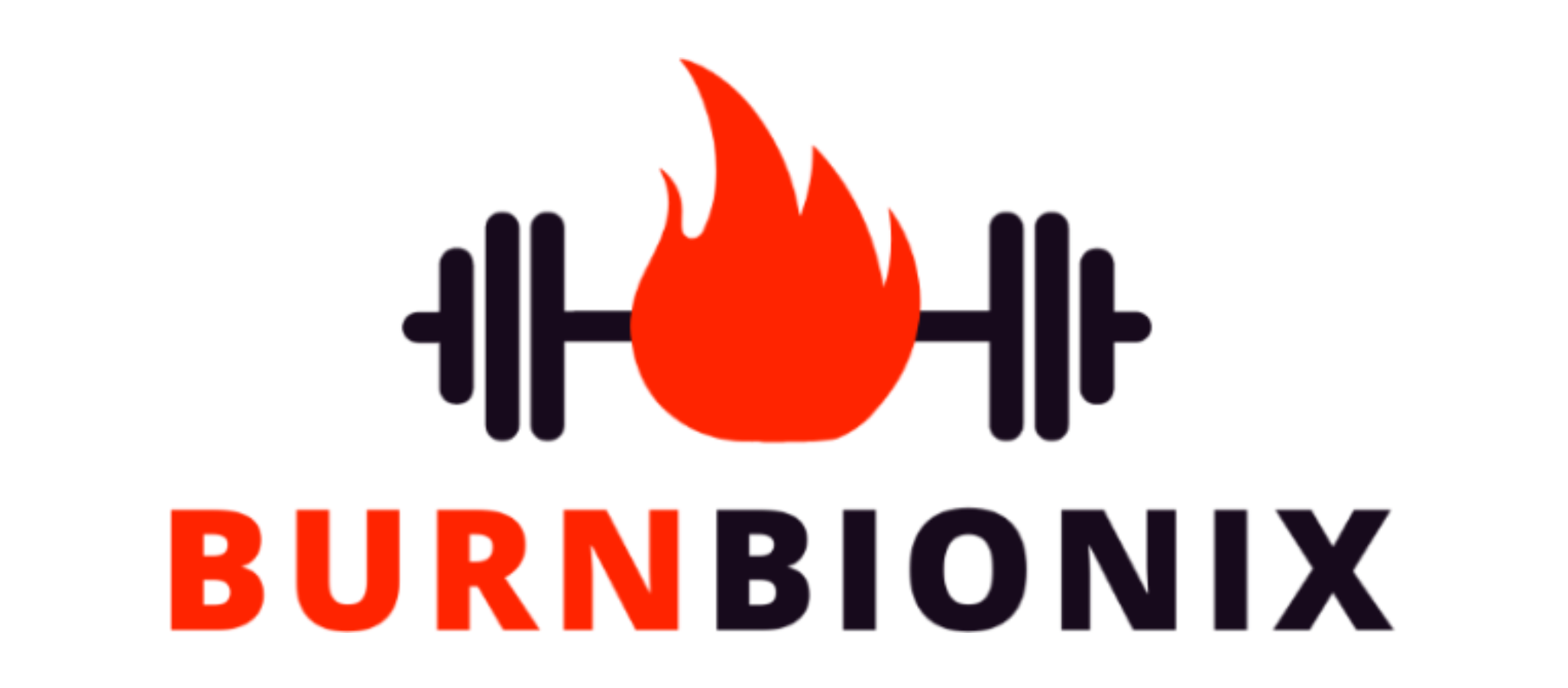A sculpted, muscular back remains the hallmark of a well-developed physique. Whether your goals involve adding slabs of mass or chiseling an aesthetic v-taper, prioritizing back training proves foundational. Superset routines offer unrivaled efficiency in blasting the back musculature through compound, multi-joint movements. This superset workout plan takes advantage of mechanical tension, time under load, and accumulating volume across various rep ranges to spur maximal back growth. Follow this intensive back workout routine to overload the lats, rhomboids, traps and erectors. Through disciplined nutrition and progressive overload, you’ll construct a wider, thicker back overflowing with rugged power and defined cuts. Let’s explore a science-based approach to back superset training for unlocking transformative hypertrophy.
Understanding Back Anatomy
Delving into the world of fitness requires not just sweat and determination, but also knowledge. And a solid grasp of our body’s architecture can make all the difference. Let’s journey through the intricate blueprint of our back’s anatomy, shall we?
Basic Anatomy of the Back:
Key Muscles:
- Latissimus Dorsi: The broadest muscle in the back, often referred to as “lats”. Think of it as the wing that spreads across your back.
- Trapezius: Spanning the neck, shoulders, and upper back. It’s the muscle giving that defined diamond shape to seasoned lifters.
- Rhomboids: Situated between your shoulder blades, these pull them together, aiding in that confident, chest-out posture.
- Erector Spinae: These are the pillars of your spine, supporting and extending it.
- Biceps Brachii: While mainly associated with the arm, they play a crucial role when performing back exercises.
- Deltoids: The shoulder’s rounded contour, instrumental in lifting and rotating arms.
- Forearms: Comprising multiple smaller muscles, they’re pivotal for grip strength during back exercises.
Significance: Beyond looking incredible in a fitted tee, a well-developed back is central to our body’s functionality. It’s the backbone—quite literally—of our overall upper body strength. From lifting heavy grocery bags to performing a flawless deadlift, it’s the back muscles that come into play. Their aesthetic appeal? Simply a bonus to their immense utility!
The Power of Supersets
Supersets involve transitioning from one exercise to the next with minimal rest between sets. Let’s explore the unique benefits of superset training.
What Are Supersets?
Definition: Supersets entail performing two exercises back-to-back with no rest in between.
Types: Supersets are categorized based on the muscle groups targeted:
- Same muscle group (e.g. chest flye to bench press)
- Opposing groups (e.g. back exercise followed by chest)
- Distant groups (e.g. shoulders then legs)
Advantages of Supersets
Efficiency: Supersets maximize training volume and intensity in a condensed timeframe.
Physiological benefits: The constant tension can enhance the muscle pump while the limited rest period spurs growth.
Balance: Hitting different muscle groups ensures comprehensive development.
Drawbacks of Supersets
Compromised weights: The second exercise may require lighter loads to accommodate fatigue.
Logistics: Supersets require maneuvering between equipment/stations in a crowded gym.
High intensity: The dense routine and limited rest could exceed one’s cardiovascular capacity.
In summary, supersets turbo-charge workouts through enhanced intensity, efficiency and muscle recruitment. Program them thoughtfully by matching suitable exercises and monitoring fatigue. Reap the rewards of accelerated progress!
Your Back Superset Workout Regimen
Perfecting your back workout routine is a balance of strategy, effort, and understanding. Let’s walk through a meticulously designed superset regimen that taps into the essence of every back muscle.
1. Targeting Upper/Outer Lats:
- Pull-Up (wide grip):
- Rep/Set Scheme: 4 sets of 8-12 reps.
- Advantages: Engages the breadth of the upper back, accentuating the V-taper.
- Muscle Focus: Prioritizes the latissimus dorsi with secondary engagement of biceps and forearms.
- Bentover Barbell Row (wide grip):
- Rep/Set Scheme: 4 sets of 10-15 reps.
- Advantages: Enhances thickness and density of the upper back.
- Muscle Focus: Mainly targets the latissimus dorsi, rhomboids, and trapezius.
2. Hitting the Lower Lats:
- Deadlift:
- Rep/Set Scheme: 4 sets of 6-10 reps.
- Advantages: A compound move that bolsters overall back strength and mass.
- Muscle Focus: Engages lower lats, erector spinae, and the entirety of posterior chain.
- T-Bar Row:
- Rep/Set Scheme: 3 sets of 12-15 reps.
- Advantages: Isolates lower lats effectively.
- Muscle Focus: Lower latissimus dorsi with auxiliary engagement of middle back.
3. Developing the Middle Back:
- Seated Cable Row (close grip):
- Rep/Set Scheme: 4 sets of 10-14 reps.
- Advantages: Enhances middle back definition and density.
- Muscle Focus: Primarily rhomboids and middle trapezius.
- Single-Arm Smith Machine Row:
- Rep/Set Scheme: 3 sets of 10-12 reps per arm.
- Advantages: Allows unilateral focus, ensuring balanced muscle development.
- Muscle Focus: Targets the middle back with a blend of latissimus dorsi and rhomboids.
4. Strengthening the Lower Back:
- Hyperextensions:
- Rep/Set Scheme: 3 sets of 12-16 reps.
- Advantages: Improves lower back endurance and resilience, reducing injury risk.
- Muscle Focus: Emphasizes the erector spinae and supporting stabilizer muscles.
- Good Mornings:
- Rep/Set Scheme: 4 sets of 10-14 reps.
- Advantages: Efficiently stretches and strengthens the lower back.
- Muscle Focus: Predominantly the erector spinae with involvement of hamstrings and glutes.
5. Comprehensive Back Development:
- Face Pull:
- Rep/Set Scheme: 4 sets of 12-15 reps.
- Advantages: Augments rear deltoid and upper trap development.
- Muscle Focus: Rear deltoids and upper trapezius.
- Lat Pulldown:
- Rep/Set Scheme: 4 sets of 10-14 reps.
- Advantages: A foundational move for broadening and thickening the lats.
- Muscle Focus: Mainly latissimus dorsi with secondary focus on biceps and middle back.
- Single-Arm Dumbbell Row:
- Rep/Set Scheme: 3 sets of 10-12 reps per arm.
- Advantages: Great for isolating and focusing on muscle imbalances.
- Muscle Focus: A blend of latissimus dorsi and rhomboids.
By intertwining the power of supersets with these meticulously chosen exercises, you’re preparing yourself for an unparalleled back transformation. As you navigate this regimen, be attentive to form and technique. Each session is an opportunity to challenge yourself, perfect your form, and further understand your body’s mechanics. Up next, we’ll dive deep into a detailed guide for specific exercises, ensuring you get the most out of every movement.
Detailed Exercise Instructions
Pushing yourself in the gym is great, but knowing the ins and outs of each exercise? That’s where the real magic happens. Let’s delve into the nuances of the Face Pulls, an often overlooked yet immensely beneficial exercise for your back development.
Face Pulls
Target Muscles:
- Primary: Rear deltoids, which form the back of your shoulders.
- Secondary: Upper trapezius and rhomboids, lending depth and definition to your middle back.
Exceptional Benefits:
- Bolsters shoulder health by strengthening rotator cuff muscles.
- Improves posture, especially for those spending hours at a desk.
- Enhances the 3D look of your shoulders, complementing the front and side delts.
Muscle Synergy: The combination of targeting both the rear delts and the mid-back muscles ensures a balanced pull, creating an optimal muscular interplay that aids in functionality and aesthetics.
Step-by-step Guide:
- Set Up: Attach a rope handle to the cable machine, adjusting it to the uppermost setting.
- Grip & Stance: Grasp the rope with both hands, palms facing each other. Step back to create tension in the cable. Split your stance for stability, with one foot behind.
- Pull: Begin with arms extended. As you pull the rope, think of separating it, leading with your elbows. Aim to get your hands beside your ears.
- Squeeze: At the peak contraction, squeeze those shoulder blades together.
- Return: Slowly release the rope back to the starting position, maintaining control.
Pro-tips:
- Mind the Elbows: Ensure your elbows are always higher than your wrists during the pull. This focuses the tension on the rear delts.
- No Cheating: Resist the urge to use momentum. Each rep should be smooth and controlled.
- Mindful Contractions: Don’t just go through the motions. Feel each squeeze and ensure your target muscles are engaged throughout.
Equipped with this knowledge, you’re now set to integrate Face Pulls into your routine more effectively. Remember, it’s the precision and intention behind each movement that leads to those remarkable results. On to the next exercise!
Final Thoughts
A chiseled, strong back isn’t just a hallmark of fitness aesthetics; it’s a testament to discipline, knowledge, and commitment. The back superset workout routine we’ve explored is not merely a collection of exercises. It embodies the essence of transformative potential, presenting a unique amalgamation of intensity and technique.
Prioritizing form and technique can’t be stressed enough. It’s the bedrock upon which all progress is built. Remember, it’s not about how much you lift but how you lift. Progression, paired with impeccable form, ensures not just muscle hypertrophy but also safeguards against injuries, making your fitness journey sustainable and enjoyable.
But as you push and pull weights, sculpting that dream back, don’t forget the silent players in this journey: nutrition and recovery. Your muscles are like clay, and workouts are the sculptor’s hands. But to mold effectively, you need the right nutrition to nourish and recovery to heal. Paired with consistent training, they ensure your back doesn’t just look strong; it truly is strong.
By combining this optimized back superset routine with dedication, consistency and patience, you will transform your physique. Let this workout guide be the catalyst toward building that wider, thicker back that exudes power and aesthetics! The rewards will be well worth the effort.









